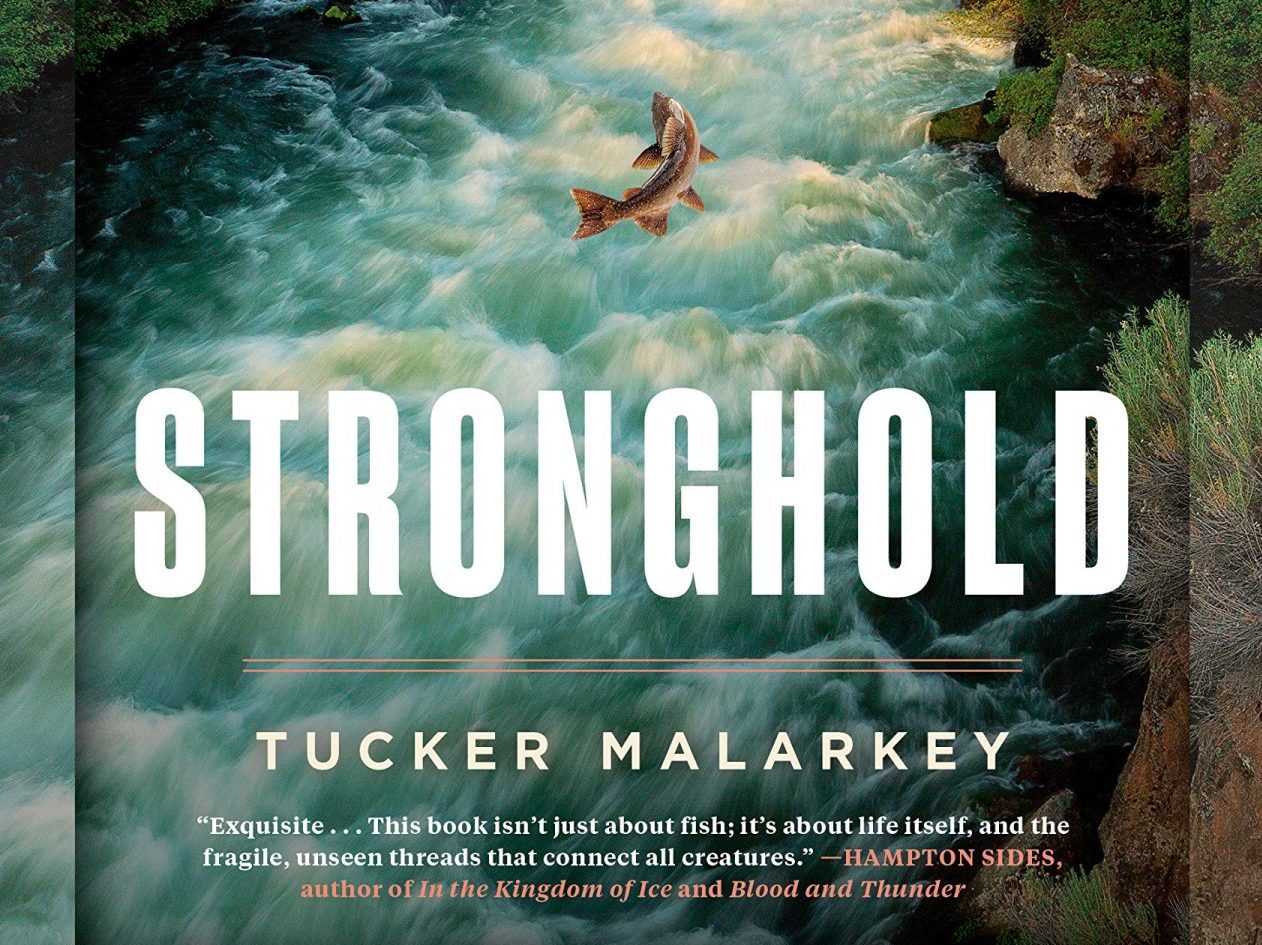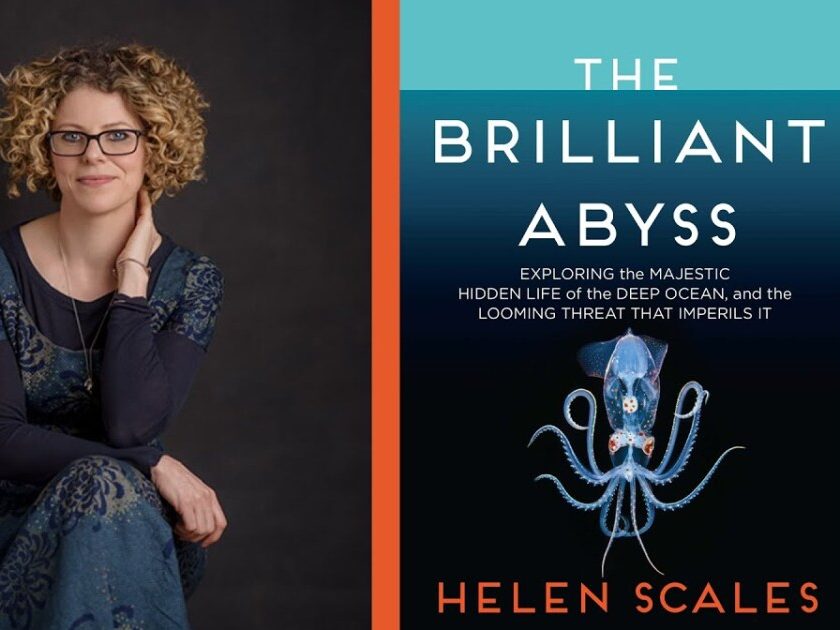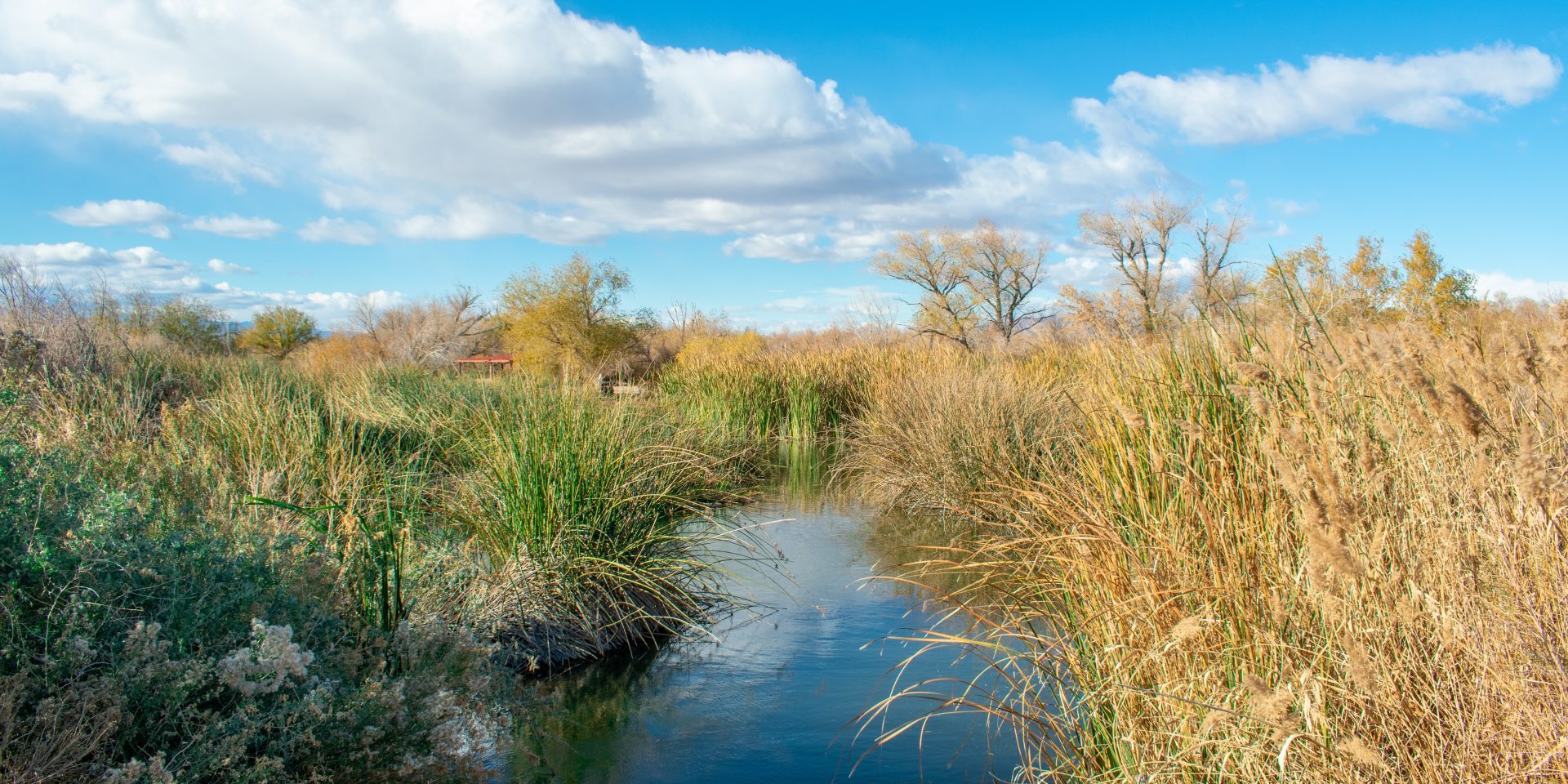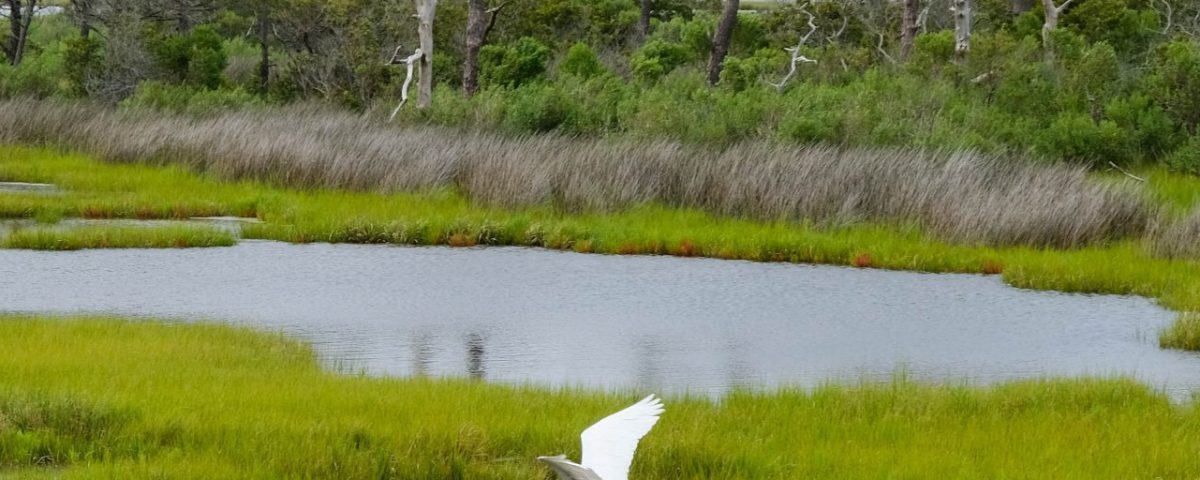
Book Review: Stronghold
May 11, 2022
Book Review: The Brilliant Abyss
May 25, 2022
Wetland, Wetland, Where Did You Go?
Author: Liz Clift
May is American Wetlands Month, an annual celebration of the function and values of wetlands. Started in 1991 it is designed to help people better understand and protect these critical—and disappearing—ecosystems.
Unfortunately, we have very few hard and fast statistics on how much of the United States’ wetlands have been lost since European colonists landed. An article written by Thomas E. Dahl of the US Fish and Wildlife Service and published by the Environmental Law Institute in 1990 stated that, on average, 60 acres of wetland have been lost every hour in the lower 48 states since the 1780s (and by the 1780s European colonists had already had nearly 300 years to disturb wetland ecosystems). While that’s an outdated reference—the overall estimated loss of wetlands in that time holds true and is frequently cited.
A 2008 Scientific American article stated that during the 1990s, wetland loss decreased by 80 percent compared to previous decades—but that the US was still losing approximately 50,000 acres of wetlands per year. We should know more about the current status and trends of wetlands in the US sometime next year—the US Fish and Wildlife Service has been collecting and assembling data for their next wetlands report.
But even with these reports, the health and extent of wetlands isn’t entirely clear. Depending on which institution (including federal agencies, state-level agencies, and researchers at universities) you look at for wetland information, you’ll get different figures for current wetland loss (or gain). Often these discrepancies come from different ways of calculating wetland extent, field versus remote verification, the ephemeral nature of some wetland ecosystems, or differences in the age of data used to calculate wetlands. For example, a colleague recently told me about a state that has wetland maps that are more than 40 years out of date—and those are the most recent maps.
Without mincing words, this is a problem—and it’s partly a problem because we haven’t created the dedicated resources to understanding and documenting wetlands. Other factors that contribute to this problem include the ephemeral nature of some wetlands, wetlands on private property that cannot be accessed, wetlands that exist in hard-to-reach places, among other factors.
It’s hard to protect the things we don’t understand. It’s also hard to protect something when we have no idea it’s true numbers or extent, an issue we see with threatened and endangered species all the time. Many of us can however, picture at least a handful of threatened or endangered species—fewer of us know how to picture a habitat that’s at risk, particularly if it’s not one we’re familiar with or encounter regularly.

Wetlands provide numerous benefits, including temporary and long-term habitat for all sorts of plants and animals (and for animals at different life stages), improved water quality, water storage and groundwater recharge, food sources for people and other animals, flood attenuation, wildfire mitigation, reduced erosion, and storm buffering, among other benefits.
For a long time though, people in the US saw wetlands mainly as a nuisance and so we drained them, built over them, and disconnected rivers from their floodplains* at the same time our demand for irrigation and other forms of water usage increased.
Although we’ve lost a lot of wetlands to development and agriculture, we have also lost some wetlands as we’ve killed and displaced species that help create them—namely the beaver. Beavers were hunted, trapped, and relocated for a variety of reasons ranging from fashion trends to being seen as nuisance animals because of the ways their dams can impact agriculture and development.
But within their historic territory, their dams can also create valuable wetland areas and without their presence on landscapes where they historically existed, our efforts to restore wetlands are likely to largely fall short. Unfortunately, we’re also not especially clear on where beavers historically existed and in what numbers due to their decimation during the 1700-1800s. We also know that in areas where they haven’t historically existed—or haven’t existed in a long time—their presence is altering ecosystems, which should continue to be monitored so we can better understand the impact of reintroduction programs as well as natural beaver migration.
All of this makes for a very complicated picture of wetlands, wetland restoration, and wetland protection—and that means we all still have a lot of learning to do about the historic presence of wetlands, what helped wetlands persist in a given area, where they can be feasibly created or restored now, and to what measures we should go to restore wetlands in places where it might be more challenging due to climate change and competing land use. Ecosystem health, and our own wellbeing, depends on it.
Over recent decades we have been able to:
- Build awareness about the extent of wetland loss and the impacts that can have;
- Begin to shift paradigms related to wetland creation and conservation; and
- Encourage changed behaviors related to wetlands.
However, there is still a lot of work ahead of us. That work will necessarily encompass: continuing to expand our knowledge base for those of us who are restoration practitioners, educators, and researchers; ongoing education efforts for the public; continued mitigation efforts; and implementation of more wetland creation and restoration projects.
Any wetland restoration or creation efforts should be site-specific and take into consideration other aspects of the historic and present ecosystems, land use, and climate change, among other biotic and abiotic factors—which is why ecologists and biologists should be part of any wetland restoration team. Examples of projects might include:
- Beaver relocation programs as part of wetland restoration in areas where they historically existed or have been extirpated in the relatively recent past;
- Temporarily or permanently closing areas with existing or restored wetlands to recreation, which may include full long-term exclusion, construction and placement of boardwalks over the wetlands, placement of viewing areas on upland areas adjacent to wetlands, or other measures;
- Taking fields temporarily or permanently out of rotation for growing food;
- Purchase or use of private property for the purpose of wetland restoration or creation;
- Preservation of wetland areas through conservation easements, and other forms of permanent protection;
- Reducing the number of parking lots and other constructed areas to restore wetlands that previously existed;
- Prescribed burns that help clear detritus or remove invasive species;
- Creation or redesign of parks to include, restore, or expand a wetland component; and
- Many other solutions.
Improving public understanding of the importance of wetlands, how they’ve historically functioned as well as how they were managed by Indigenous peoples, and where they’ve historically existed may be beneficial, or even necessary, to achieve multiple objectives in efforts to expand wetland extent, health, and protection.
There are a variety of ways to get involved in wetland protection and restoration projects—and what makes sense for you will depend on what you do for work, whether you have time and opportunities to volunteer, your access to land (as an owner or land manager), and so many other factors. But regardless, you can begin to educate yourself more about wetland ecosystems, so that you can better talk to people in your life about them! There are many books, podcasts, documentaries, and other resources to help you begin (or continue!) learning about wetlands and the regulations that help protect them.
If you’re curious about the rough estimates of wetland losses for your state, you can check out this 1997 report that lays out existing and historical wetlands by state, or if you’re more visually inclined the 1996 report which provides a more comprehensive overview but less specifics by state, both from the US Geological Survey. While this information is outdated, it can also help you talk to others about the importance of local wetlands and the impacts of wetland loss as it relates to where you live! Your individual state may have more recent data to draw upon, so consider checking for information from your state government as well.
*Wetlands and floodplains can coexist, but they don’t inherently co-exist.

